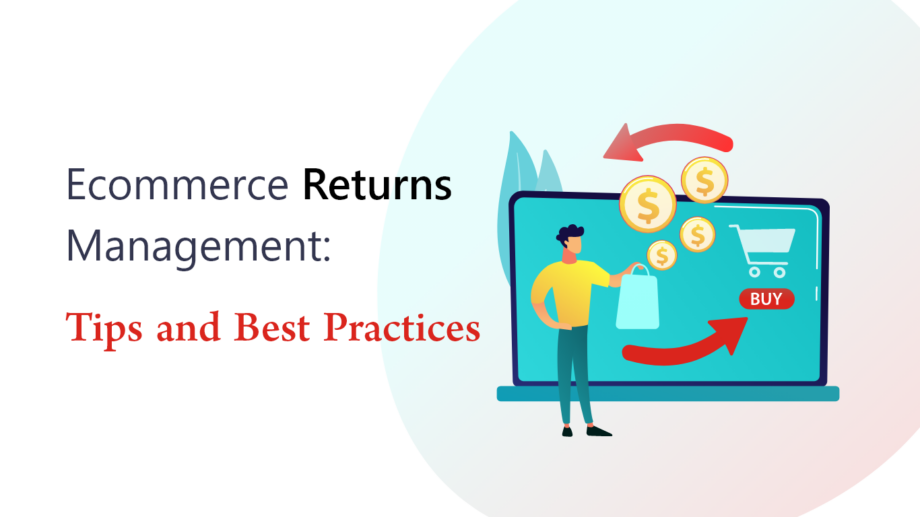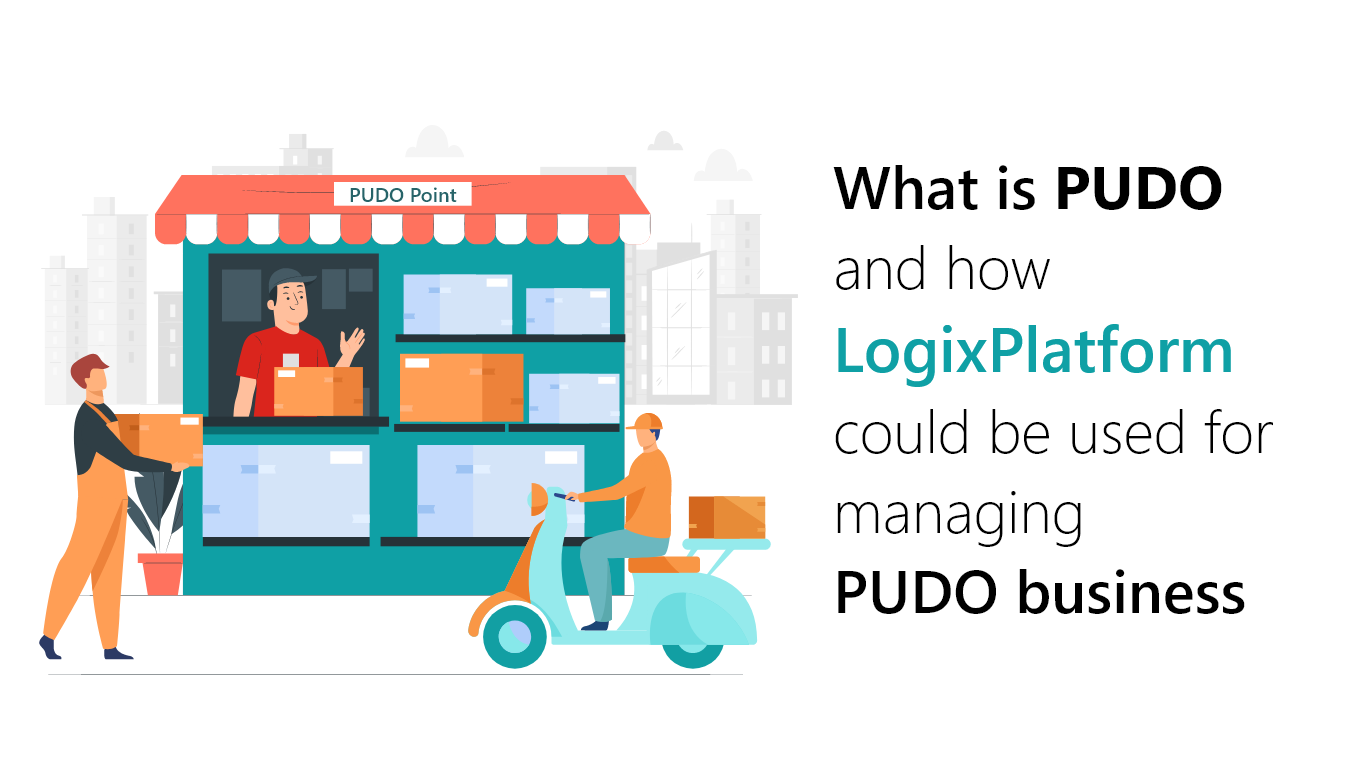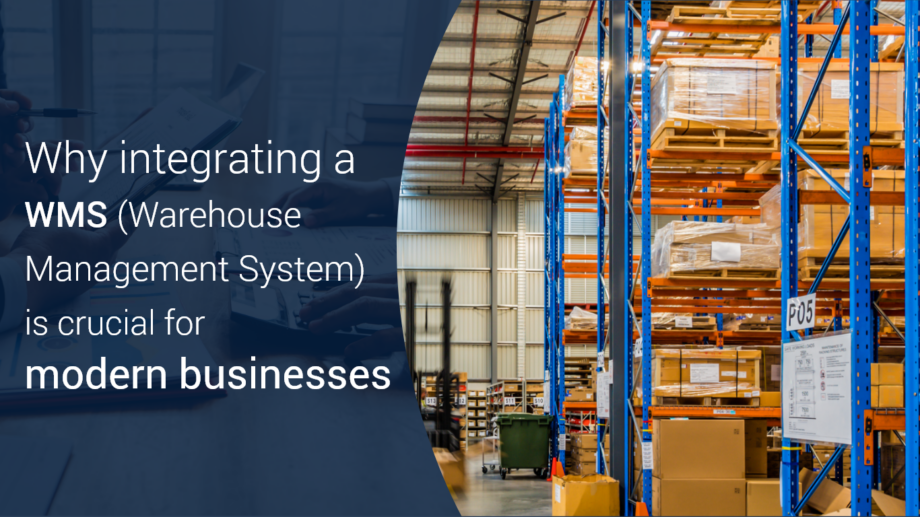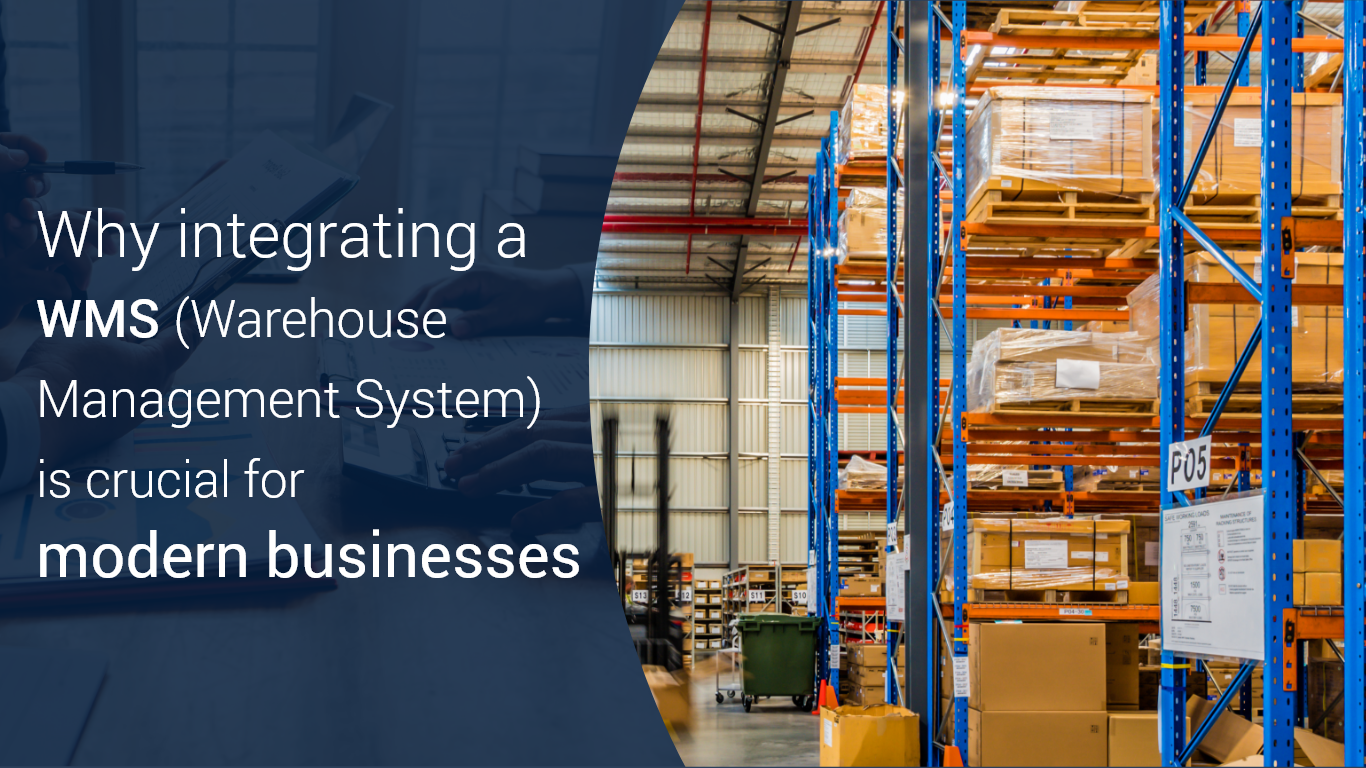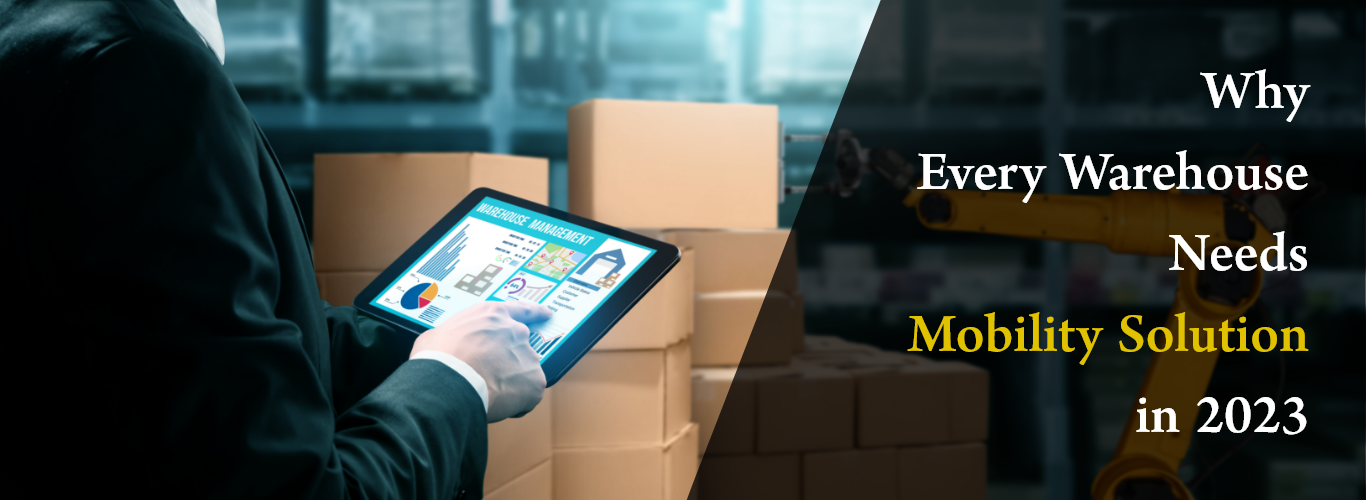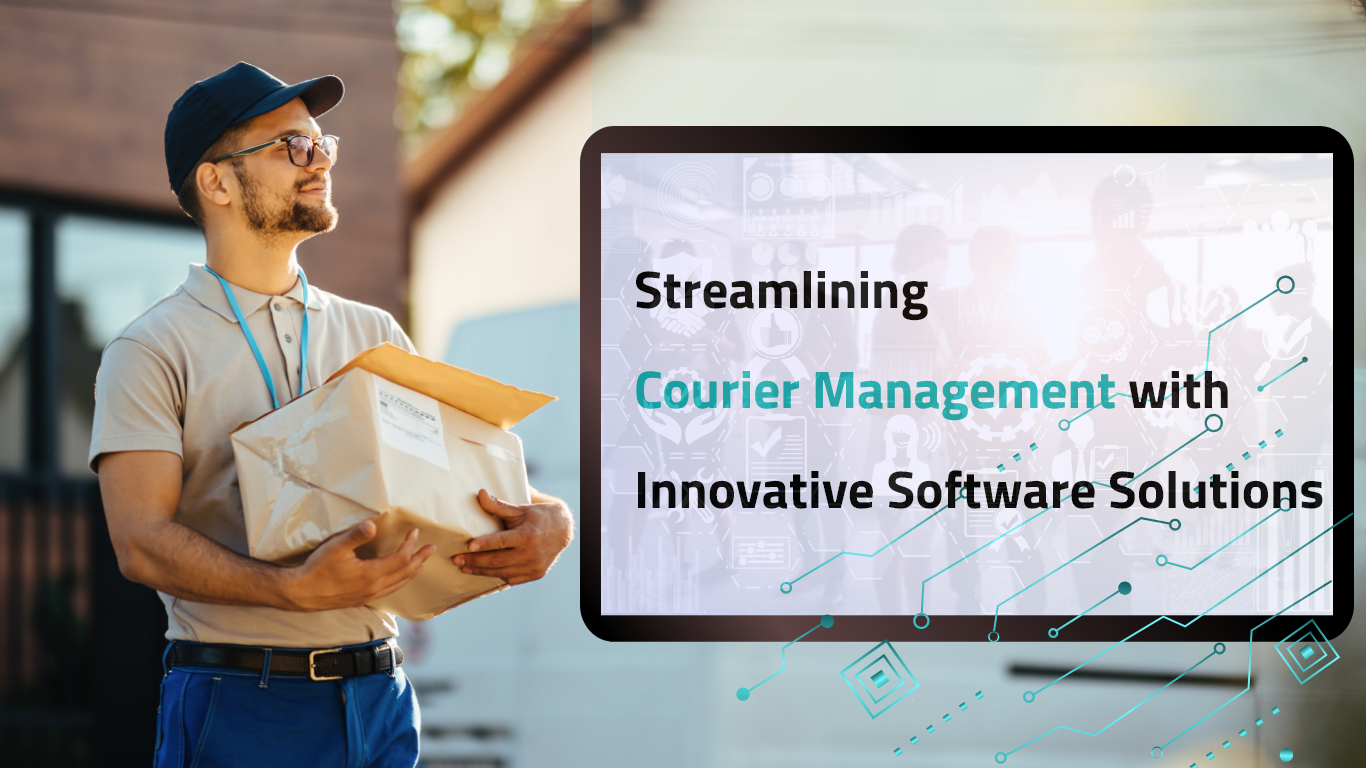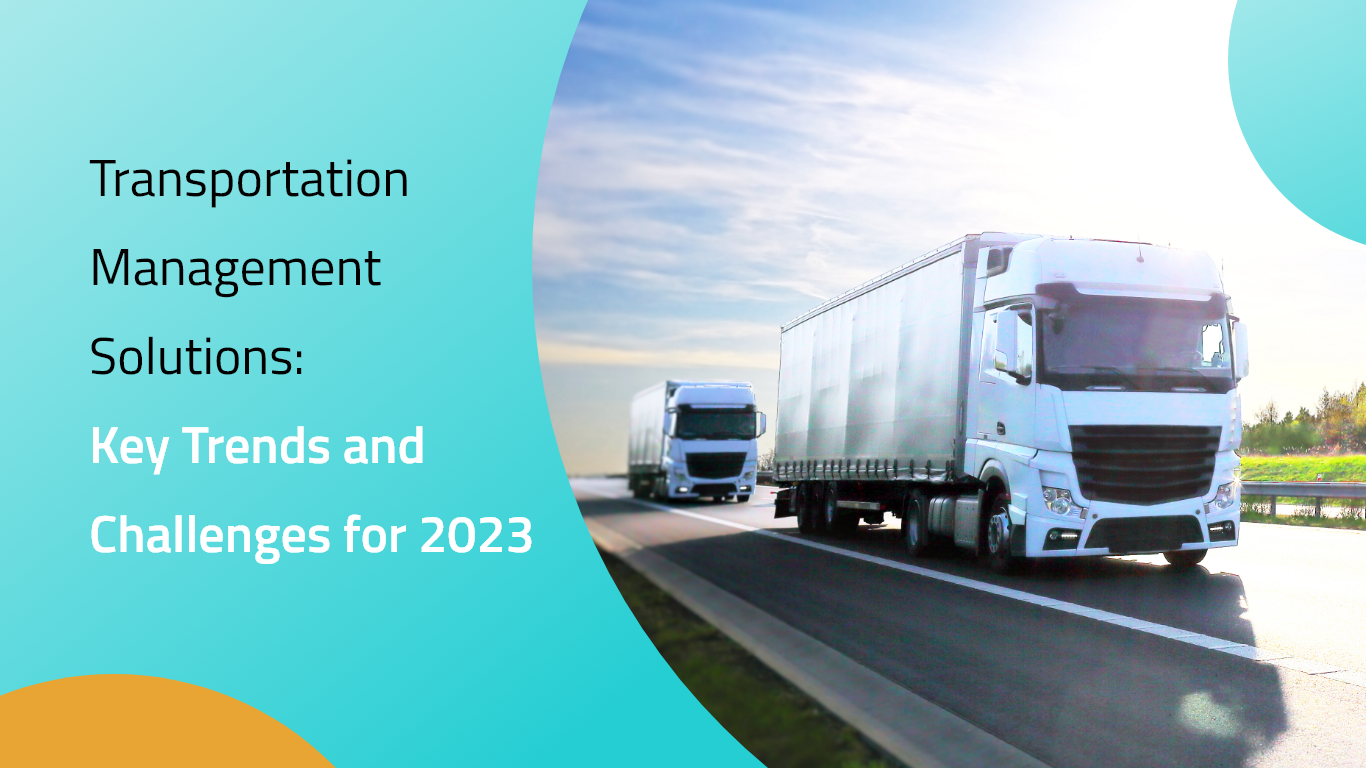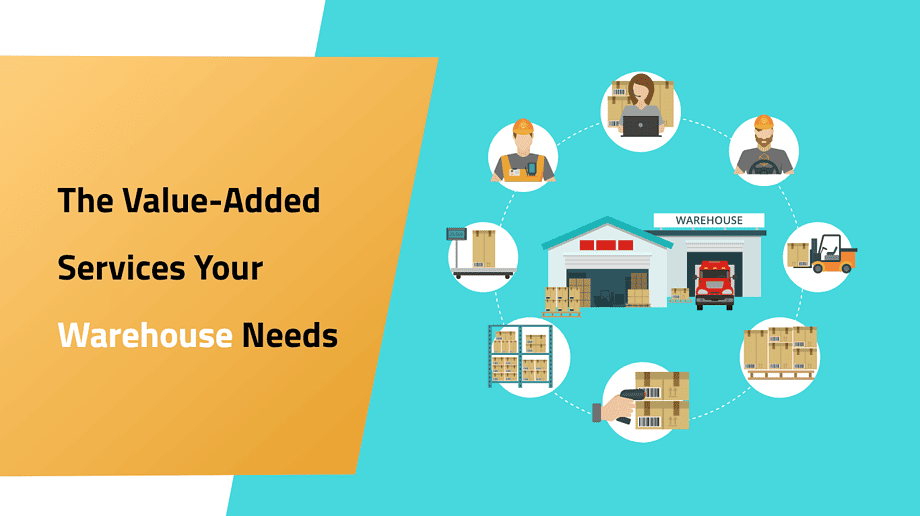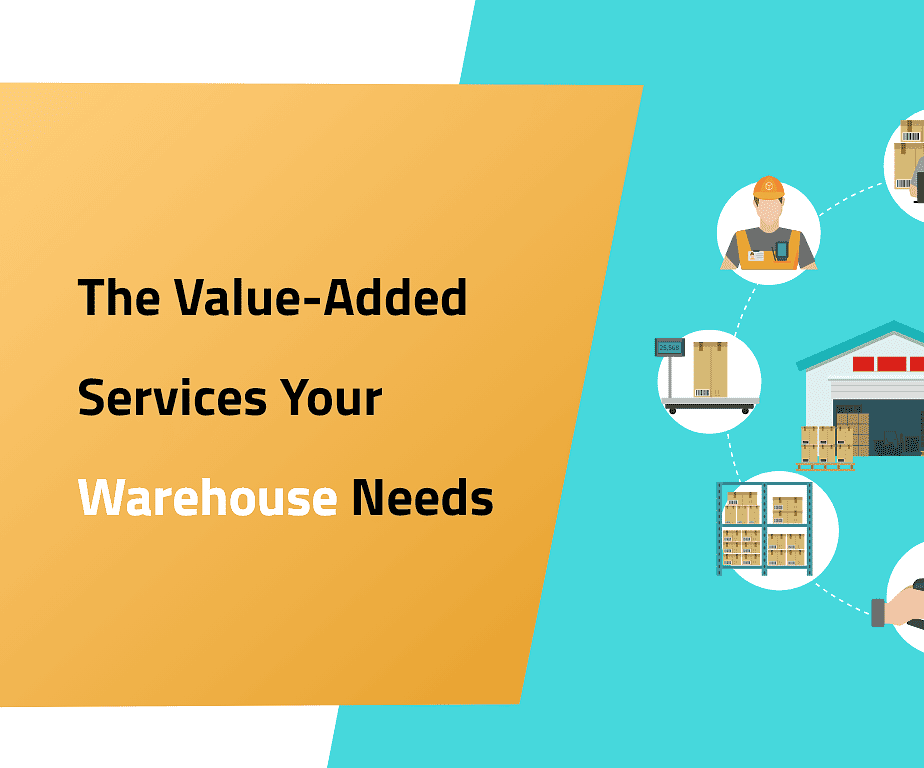E-commerce returns can be a disease—aggressively attacking profit margins, gutting conversion rates, and ultimately threatening your business.
Collectively, consumers returned products worth $428 billion in 2020—just over 10% of total retail sales. The National Retail Federation estimates the cost of returns amounts to $101 billion.
It paints a bleak portrait, especially for online retailers. But the real cost driver is this: many customers buy with an explicit plan to immediately return some or all of their items.
In response, businesses are adding workers, increasing warehouse space, and establishing separate departments to handle reverse logistics. Returns are the new normal and central to customer experience. But they don’t have to be a plague.
In fact, how you deal with e-commerce store returns—before and after purchase—can differentiate your brand, create a competitive advantage, and even make you more profitable.
Picture this: You buy a new bag online, but when it arrives, it isn’t quite good. Frustrating, right? Now imagine trying to return it, only to be met with a confusing, complicated returns process.
That’s not the kind of experience any customer wants, and how you handle those returns can make all the difference in keeping your customers happy and coming back for more.
The truth is, that a smooth and hassle-free returns process can be a powerful tool for building customer loyalty and driving sales.
Returns are a fact of life for eCommerce businesses. No matter how great your products are, there will always be customers who need to return them for one reason or another. The question is, how can you manage returns to minimise their impact on your business while keeping customers happy?
From setting up a clear return policy to automating refunds, here’s everything you need to know to keep your customers happy and your business thriving.
The importance of efficient eCommerce returns management
Efficient eCommerce returns management is crucial for online businesses to provide a positive customer experience, reduce costs, and increase customer loyalty. Here are some reasons why:
1. Positive customer experience:
A smooth and hassle-free returns process can be a critical factor in building customer loyalty. Customers are more likely to buy from a retailer that has a clear and easy-to-follow return policy, as it gives them peace of mind that they can return items if necessary.
2. Cost reduction:
An efficient returns process can help reduce costs associated with returned items. By quickly processing returns, businesses can reduce the amount of time and resources required to manage them. This can include reduced labour costs, reduced shipping costs, and reduced inventory holding costs.
3.Inventory management:
Efficient returns management can help businesses better manage their inventory levels. By quickly processing returns, businesses can get returned items back into inventory faster, reducing the amount of time products are out of stock. This can also help reduce the risk of overstocking, which can lead to excess inventory and increased costs.
4. Data analysis:
By efficiently managing returns, businesses can gather valuable data on why items are being returned. This information can be used to identify trends and make improvements to product quality, marketing, and customer service.
5. Reduces negative reviews:
Customers who have a negative experience with a returns process are more likely to leave a negative review. By handling returns efficiently, you can reduce the likelihood of negative reviews and protect your store’s reputation.
Best practices for managing eCommerce returns
Managing eCommerce returns can be a complex and time-consuming process, but it is an essential part of running a successful eCommerce business. Here are some best practices for managing eCommerce returns:
1. Have a clear and concise return policy:
Your return policy should be easy to understand and prominently displayed on your website. Make sure it covers all the necessary details, such as the time frame for returns, who pays for return shipping, and any restocking fees.
2. Provide excellent customer service:
Respond promptly to customers’ inquiries and complaints regarding returns. Make sure your customer service team is knowledgeable about your return policy and can assist customers with any issues they may have.
3.Use a reliable shipping carrier:
Choose a reliable shipping carrier that provides tracking information and insurance for returned items. This helps ensure that returned items are delivered safely and can be easily tracked.
4. Inspect returned items:
Thoroughly inspect returned items to ensure that they are in good condition and can be resold. If an item is damaged or defective, offer a replacement or refund.
5. Automate the returns process:
Use eCommerce software or a returns management system to automate the returns process. This can help reduce errors, save time, and improve customer satisfaction.
6. Offer incentives for exchanges instead of returns:
YConsider offering customers incentives to exchange items instead of returning them. This can include discounts, free shipping, or store credit.
7. Monitor returns data:
Monitor returns data to identify trends and common issues. This can help you make improvements to your products and policies and reduce the number of returns in the future.
Streamline your returns process
By implementing these best practices, you can streamline your returns process and provide a positive experience for your customers.
Don’t forget that every eCommerce store is different, and your return policy should be tailored to your unique business needs.
With the right approach, you can turn returns into an opportunity to build customer loyalty and improve your bottom line.
Best practices for managing eCommerce returns
If you have any other questions about refunds, returns, or eCommerce, feel free to reach out to LogixGrid staff and we’ll get back to you right away.
Best software for handling e-commerce returns
Brands can handle e-commerce returns by using the e-commerce management system available in the LogixPlatform. This system tracks and fulfils orders, gets your products out the door, and protects your business from risky transactions.


